"Don't read Soviet newspapers before lunch," - remember what Dr. Preobrazhensky said in Bulgakov's "Dog's Heart"? Soviet newspapers are a thing of the past, and mailboxes are now empty. And we can only remember how in the morning we used to rush to get the latest issue. Or we would wait for the letter carrier to get the long-awaited subscription from his hands.
In addition to daily newspapers, Soviet people subscribed to many magazines on various subjects. They came out once or twice a month. These were all kinds of fashion magazines, magazines for car and motorcycle enthusiasts, popular science and literary publications. But we want to talk about children's magazines that were issued in the USSR. You will also find out what edition has already turned a hundred years old, and which of them survived perestroika and delight young readers to this day.
The first children's magazines before and after the revolution
Children's magazines appeared before the revolution. Imagine that already in the 18th century the first children's magazine was published. It was called "Children's Reading for Heart and Mind". It was already published at the end of the 18th century! And it was free.
From then until the Revolution, many children's magazines were printed in Russia. Since books were expensive, and magazines offered fairy tales, stories and poems, parents often bought them for their children. They were also used to learn to read.
After the revolution there was a short period when the country did not care about children. Immediately after the Civil War, the authorities attracted children's writers to create the first magazines. After all, the new country needed new children, brought up in the spirit of the time. Since that time, children's literature began to develop actively in the Soviet Union. Of course, with an ideological bias.
Disappeared children's editions
In the early years, the Soviet Union was going through many changes, so every now and then new magazines appeared, which were closed for various reasons. Therefore, we know about their existence only from memoirs and archives.
"The New Robinson."
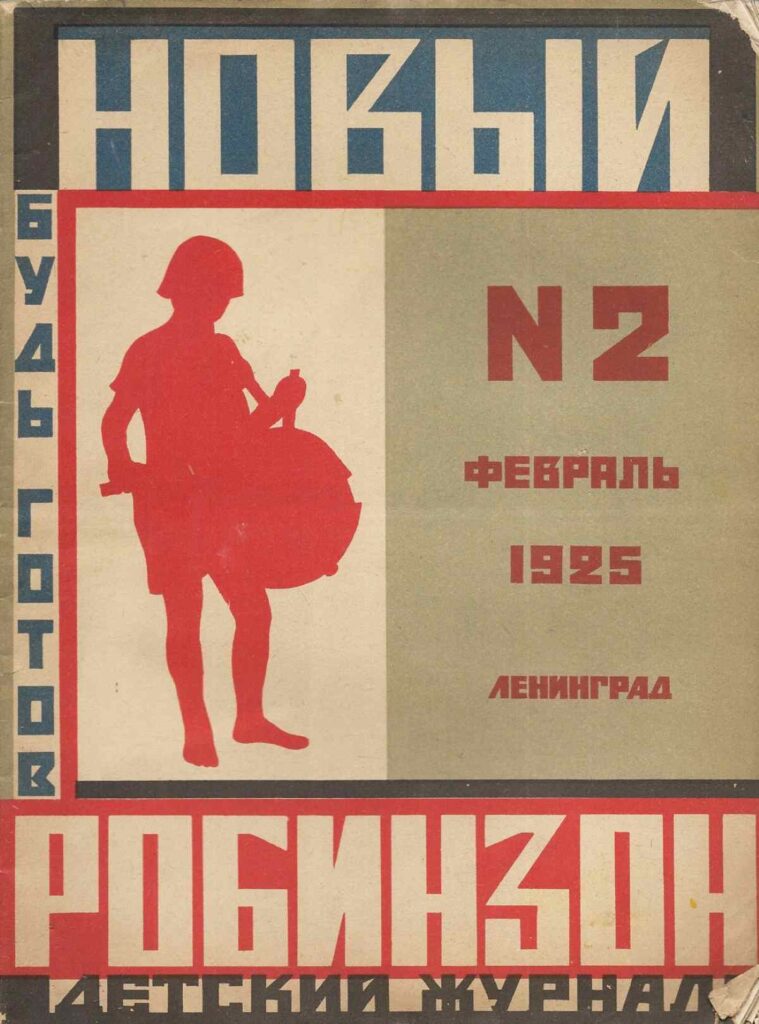
A children's magazine that was published for only one year - from 1924 to 1925. Its unofficial head was Samuil Marshak. Unfortunately, the magazine could not withstand criticism from above for its too "fairy-tale" content. Children of that time, according to the authorities, should have been brought up with more realistic literature.
"Hedgehog."
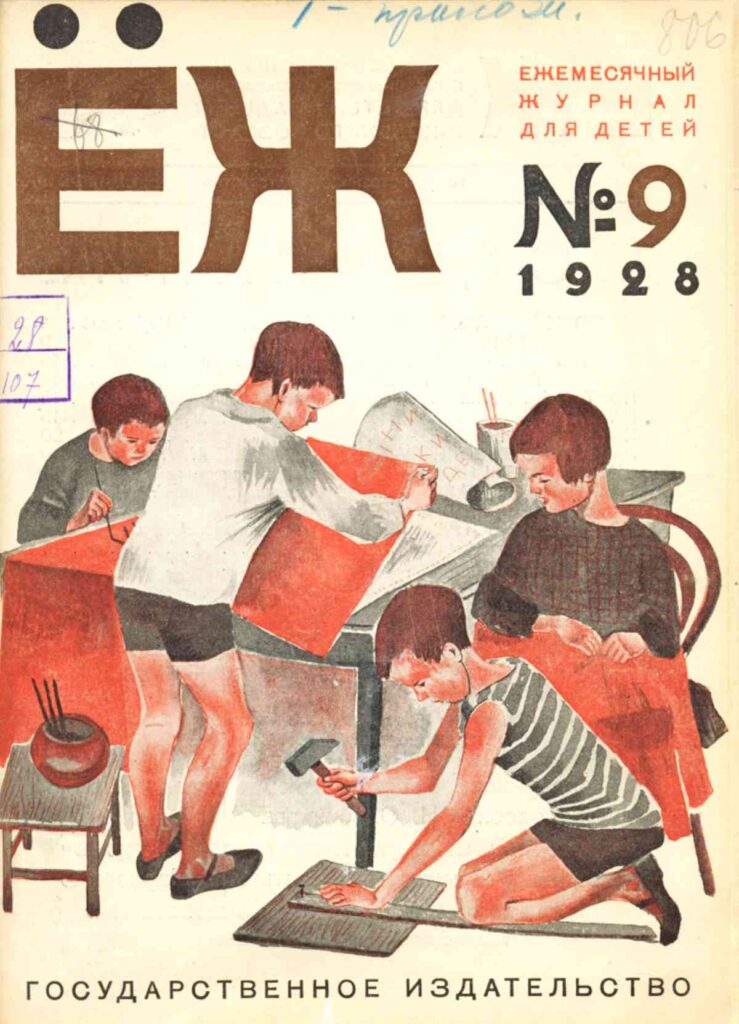

After New Robinson closed, Samuil Marshak assembled a new team of authors. The magazine was called "Yozh" (Weekly Magazine) and was published for young pioneers from 1928 to 1935. The publication printed poems by Daniil Kharms, Nikolai Zabolotsky, and stories by Mikhail Zoshchenko. It was closed due to political problems in the country.
"Chizh."
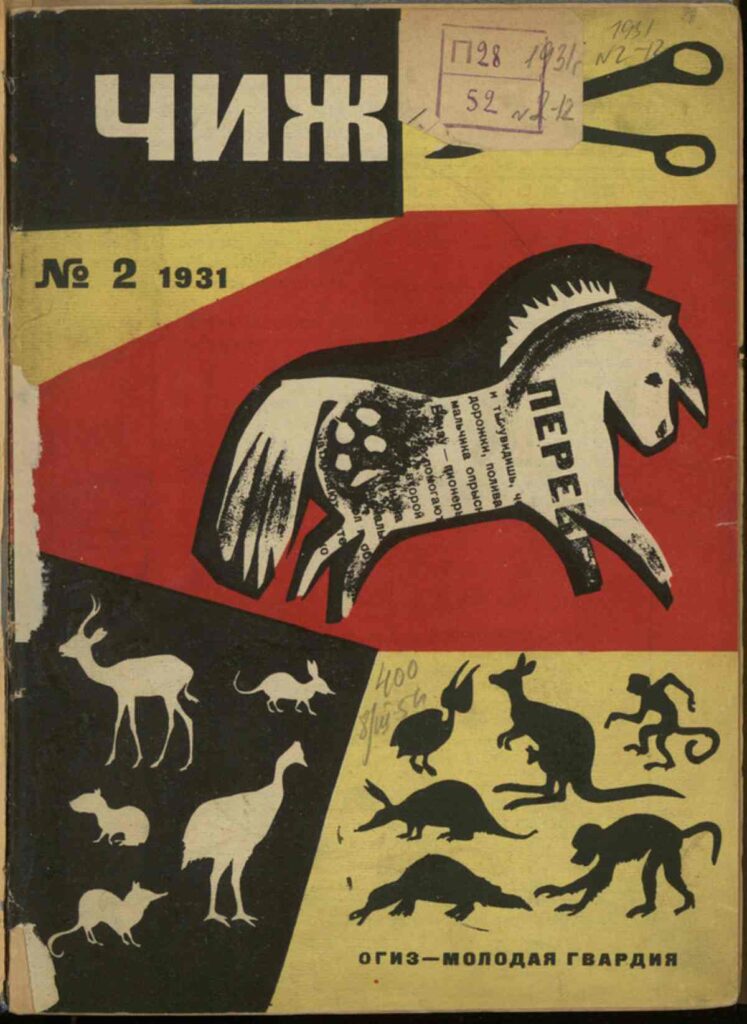

A magazine for preschoolers that was published from 1930 to 1941. In the second half of the 1930s, many of the magazine's staff were arrested, and the new editorial staff emphasized ideology. Nevertheless, the magazine was very popular before the war.
"Drum."
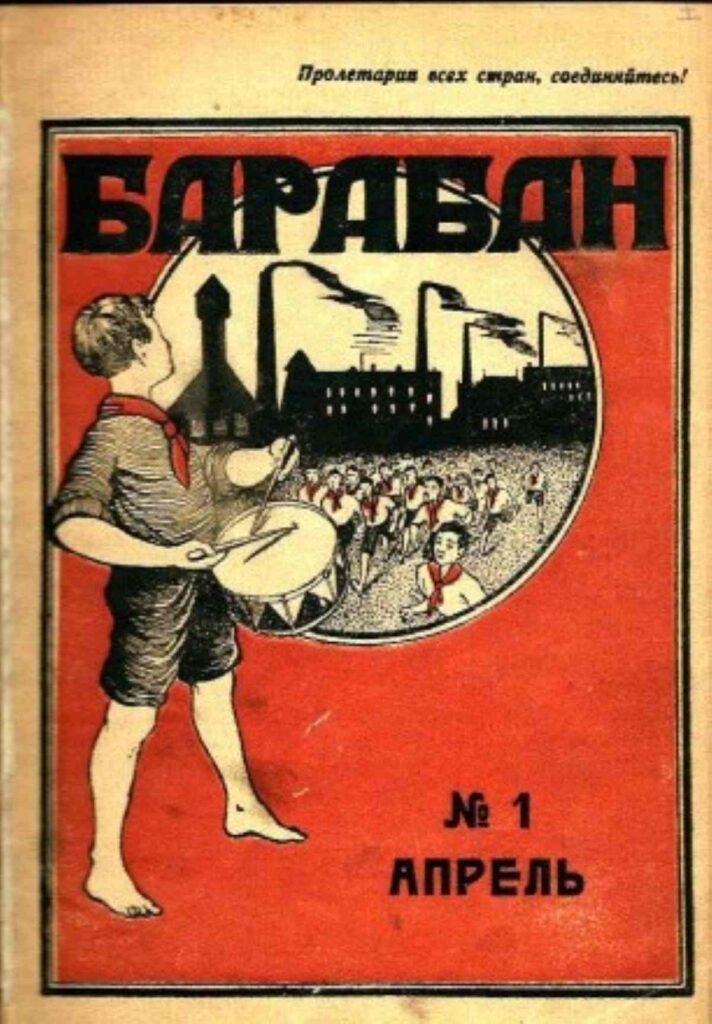

A magazine created especially for Moscow pioneers. It was published from 1923 to 1926. It became part of the Pioneer magazine, so a separate issue was discontinued.
The magazine is a record-breaker
Among the first children's magazines, there is a publication that celebrated its centennial in 2024! This is the magazine "Murzilka". It has been published since 1924. It is surprising how this entertainment magazine has survived a whole century. After all, its issues were even layout during the World War II.
Remember what the main character of the magazine looks like? It is a fictional yellow animal wearing a red beret, scarf and carrying a camera. He was invented by artist Aminadav Kanevsky in 1937.
Why is this magazine a record-breaker? It made it into the Guinness Book of Records, in 2011, as the oldest magazine for children. You can still buy it for your children or grandchildren, you can do it right on their site. There are souvenirs there, too.
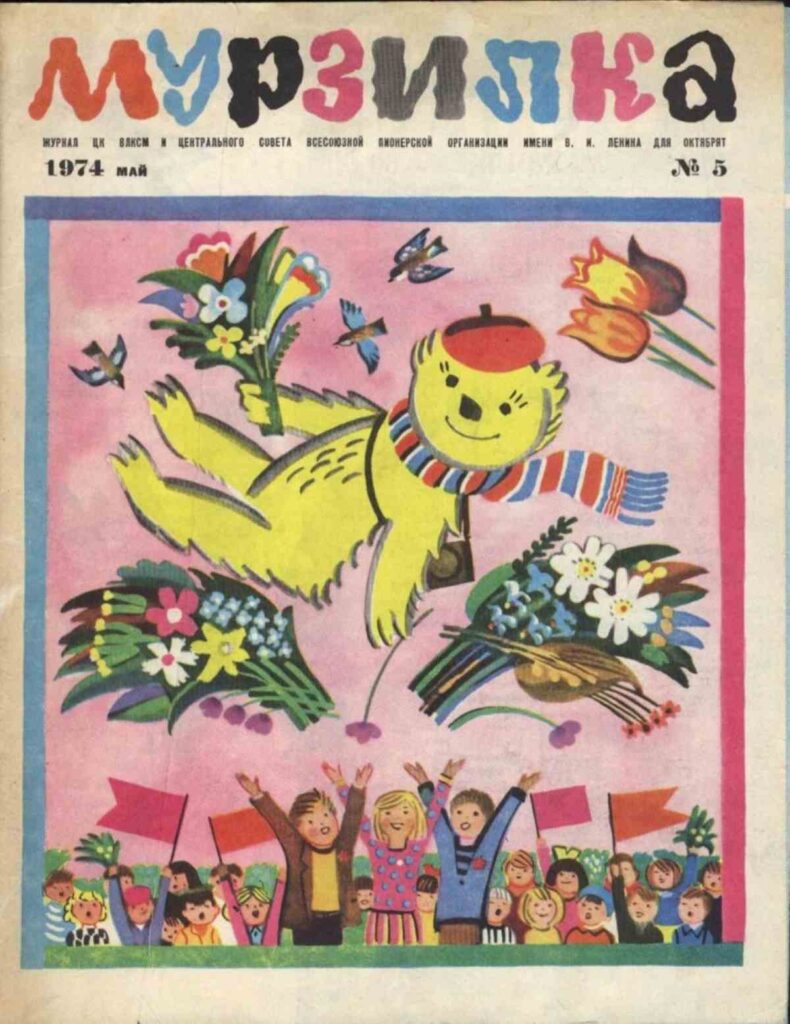

Magazines of the USSR that have survived to the present day
Let's tell you about a few more children's editions that were very much loved by Soviet teenagers. Despite the development of the Internet, they continue to be read in paper form. Some magazines can be bought online. And those who like to communicate with postal workers can subscribe there as well.
"Funny Pictures."


Who doesn't know the funny little men who are the heroes of the magazine? Neznayka, Pencil, Samodelkin and others. This entertaining magazine for children has existed since 1956. It still publishes issues in paper version. Subscriptions can be made at the post office, in the social networks of the publication and on large marketplaces.
"Bonfire."
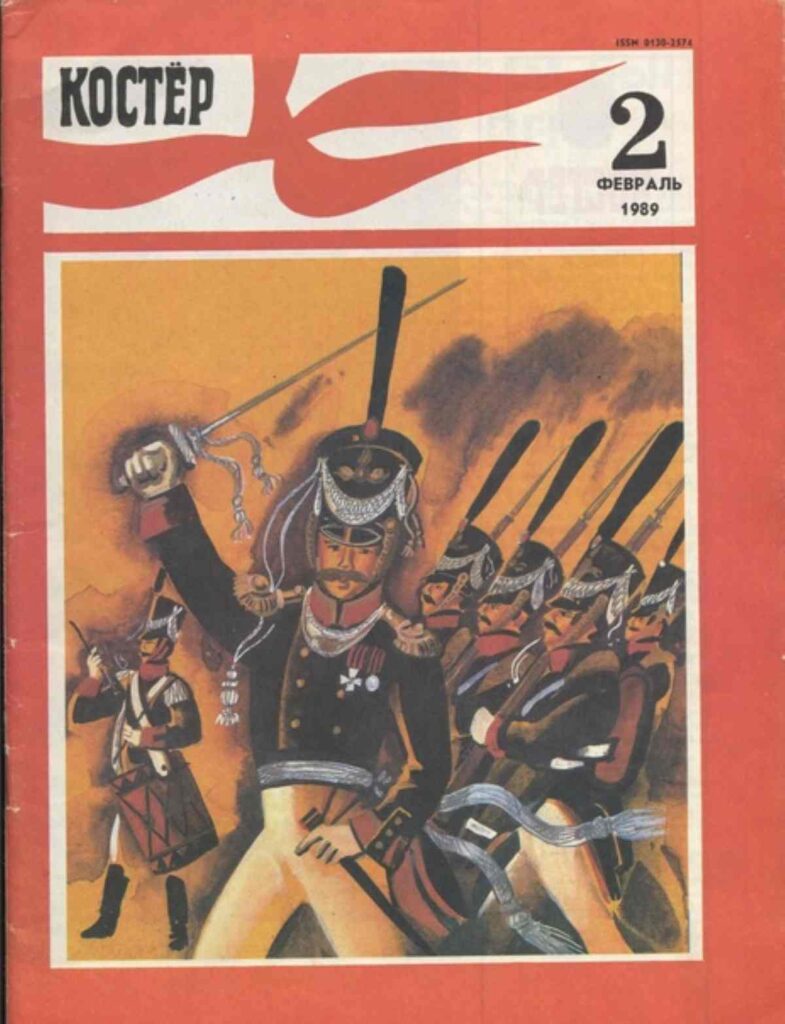

Literary magazine for schoolchildren, published since 1936. The magazine teaches children to think and analyze what they read, and broadens their horizons.
Subscription for 2025 has been stopped, there is no news about the continuation of new issues from the editorial staff on social networks.
"Young Naturalist."
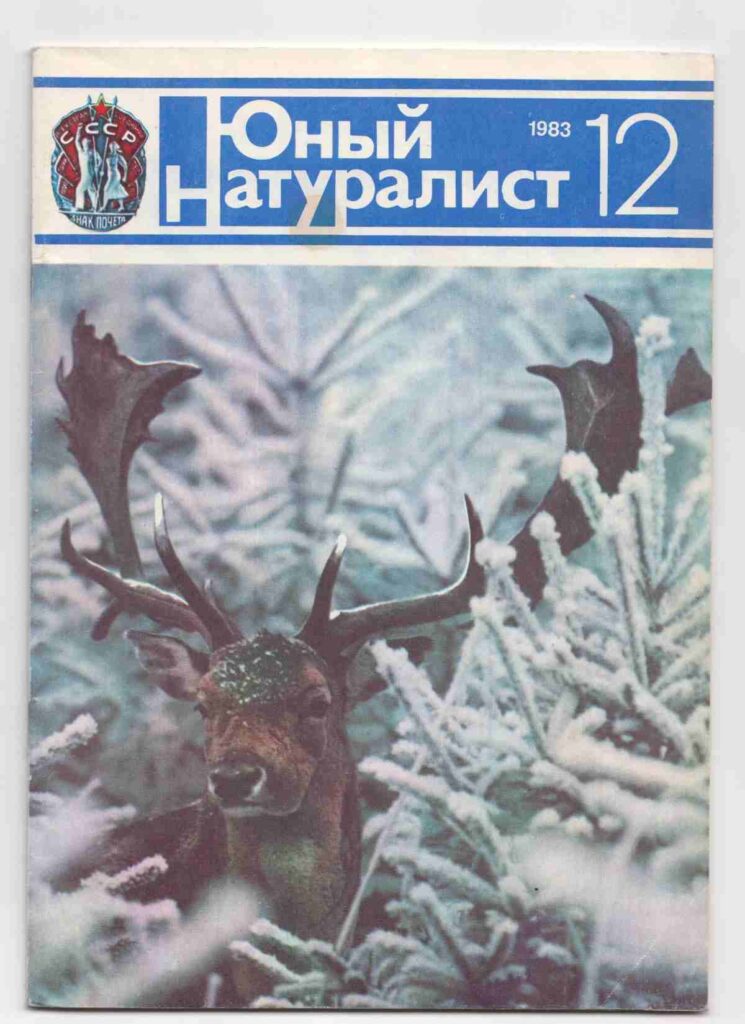

An informative magazine for schoolchildren about nature, biology and the world around us. Published since 1928, it will soon be celebrating its centenary. On site You can subscribe to new issues of the magazine and read useful materials.
"Young Technician."
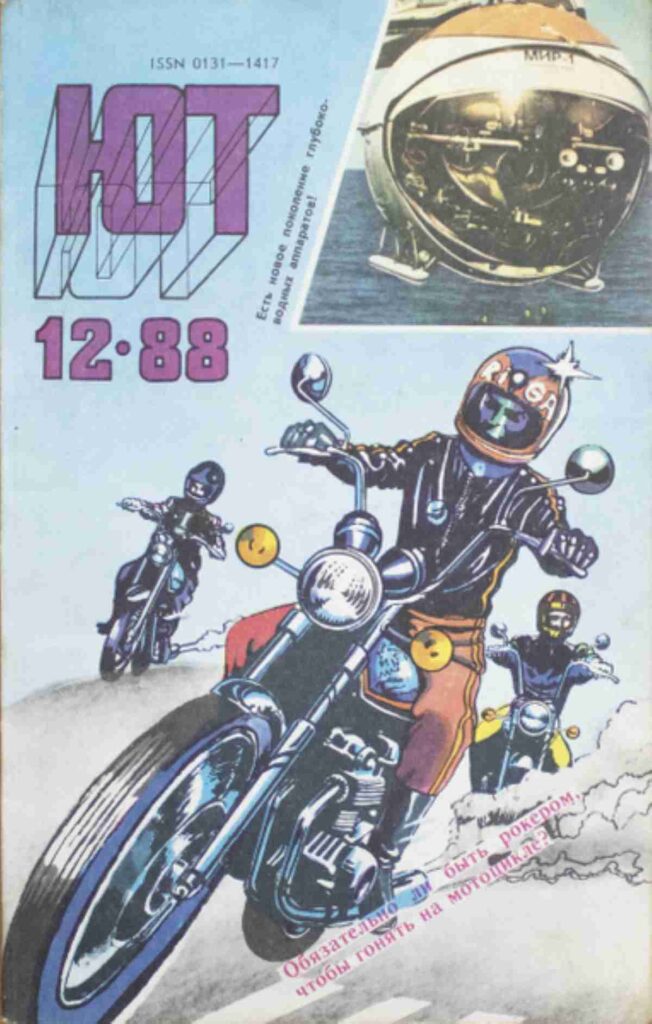

A science and technology magazine for teenagers who are passionate about science and engineering. Published since 1956. On site You can subscribe and receive new issues monthly.
Soviet magazine with audio records
A unique children's magazine in which you could find not only interesting stories and fairy tales, but also flexible records. That is two-in-one - both to read and to listen! This is the magazine Kolobok, which was published from 1968 to 1992. Unfortunately, it did not survive the financial problems of the 90s. Imagine - children could get new records to their collection every month, and in Soviet times it was very popular, as there were no other means of listening to music on their own. Radio programs are not taken into account.
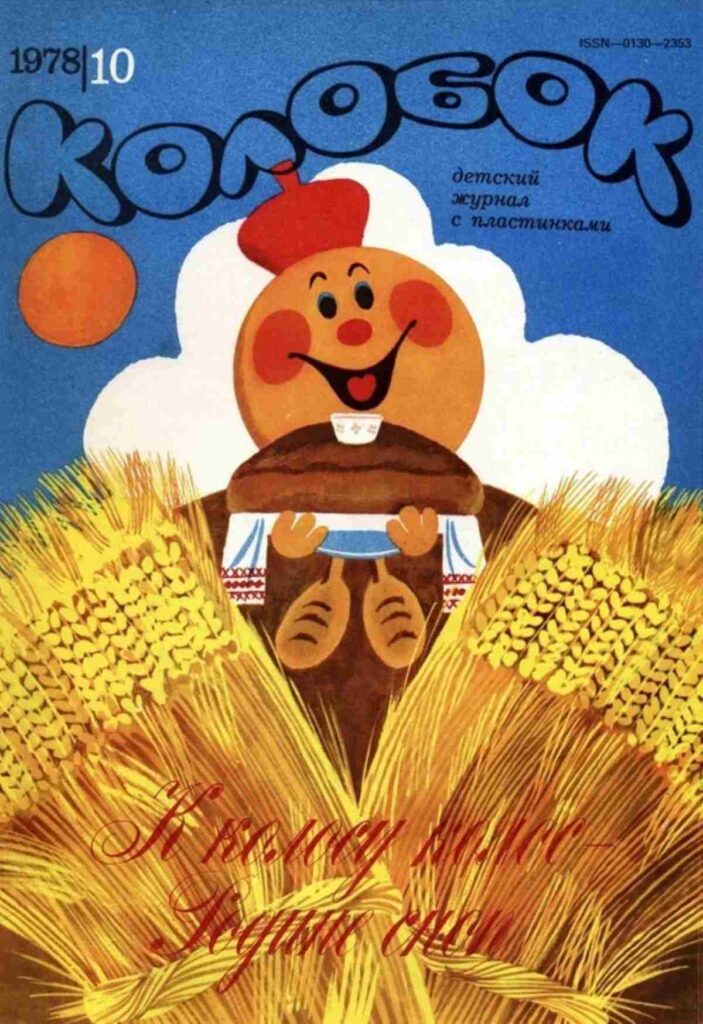

If you were interested in dipping into the Soviet past, our blog has other reviews from that time -. here you can remember the board games of the USSR, and in this article - to find a collection of quotes from old cartoons.
Our online school is attended by bilingual children who do not live in Russia, but their parents once lived in the Soviet Union. They remember the good things of their childhood - friendship and mutual assistance - and want to instill in their children a love of the Russian language and traditions.
Teachers at our school are passionate about working with students to make rapid progress in their Russian language learning. You can try our classes for free by leaving an application in the form below:







